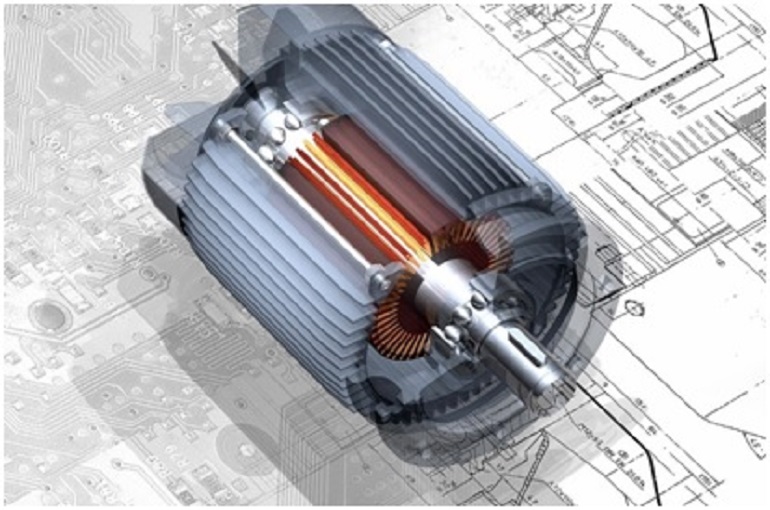
Predictive maintenance (PdM) is a technique to predict when equipment might fail so that the component can be replaced before the failure. This helps in reducing downtime and maximizing the component lifetime.
Predictive maintenance aims to prevent the occurrence of failure by performing maintenance. It helps in averting unplanned and unnecessary downtime that can affect the company. Predictive maintenance is important in terms of safety of motors and its parts, which include motor controls, motor bearings, etc. Here are five reasons why predictive maintenance is important for electric motors: • Cost benefits due to increased life You can save money by encouraging predictive maintenance in your facility. Maintenance programs that are time-based or adopt run-to-failure approaches prove to be expensive. Conversely, condition-based programs are geared to pay for the cost of implementation and keep the economic factor in mind. These programs also extend the service lives of motors. All this translates as saved money. It is critical to involve the company’s management and give them information about costs and benefits derived from predictive analysis and maintenance. • Reduced downtime Since you would be preventing failure before it occurs, you effectively reduce the downtime caused by equipment failure. Predictive maintenance of motors prevents downtime that can be caused by the breakdown of motors. • Encourages a proactive workforce When you follow the same routine day in and day out, the workers might get complacent. They will stick to the traditional mentality of waiting for the equipment to fail rather than being proactive about prevention. By introducing a new work method like predictive maintenance, the workforce will be more proactive about preventing electric motor failure. • Better technical support One way to implement predictive maintenance is through ‘sensoring’ of all the critical positions of drying lines’ fans. This can be achieved by installing fixed sensors, connected in continuous with an external control unit. This way, you can monitor, remotely or otherwise, the operation conditions of critical motors. You can simply connect the motors with the control unit positioned on a machine board using portable instrument. This will allow you to offer better technical support and prevent motor failure before it occurs. • Better knowledge of machine’s working Predictive maintenance consists of detecting the operation conditions of the motor at full load and under the effective temperature and wetness conditions while working. This is in contrast to regular methods where values are collected by starting the stationary machine. By having this knowledge of values, you can carefully and accurately predict when the equipment might fail. This further helps in preventing that failure on time. Two types of predictive maintenance analysis You can use the two types of analysis for electric motors’ maintenance: 1. Vibration analysis: a vibration analysis is mainly used for rotating equipment. Electric motors create a vibration frequency or signature. Once a baseline is established, the pattern recognition can identify if there are any imbalance, misalignment, looseness or bearing failures in the motor.
2. Infrared analysis: an infrared imaging allows the technician to measure the temperature of the electric motor. The temperature analysis helps in revealing issues pertaining to bearing failure, airflow, insulation failure, unbalanced voltage or shaft misalignment. By implementing predictive maintenance in the facility, you can successfully extend the lives of the electric motors. In addition to increased savings, predictive maintenance also brings in the above-mentioned benefits.





